ג'ספר ג'ונס(נולד ב- 1930)
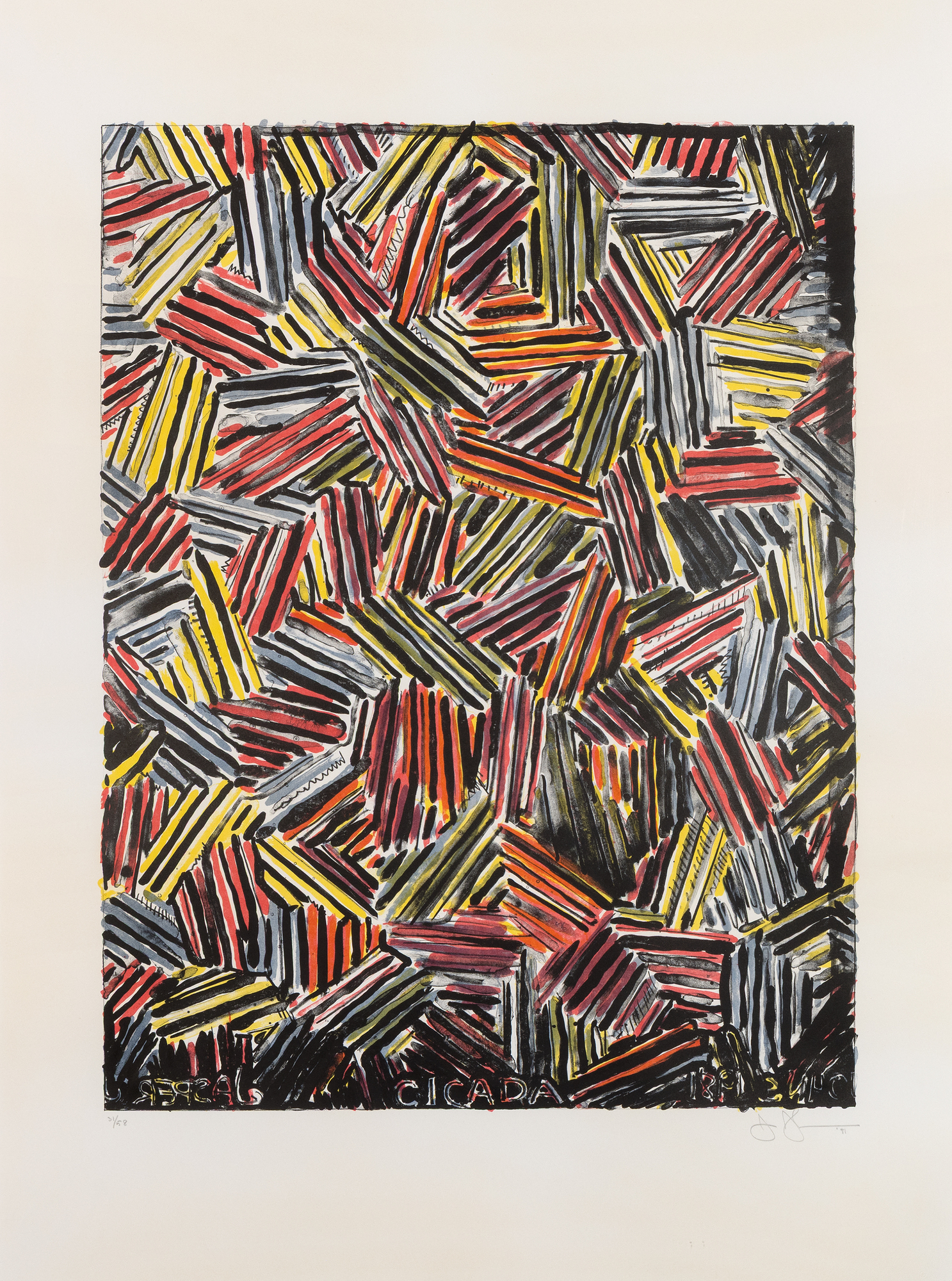


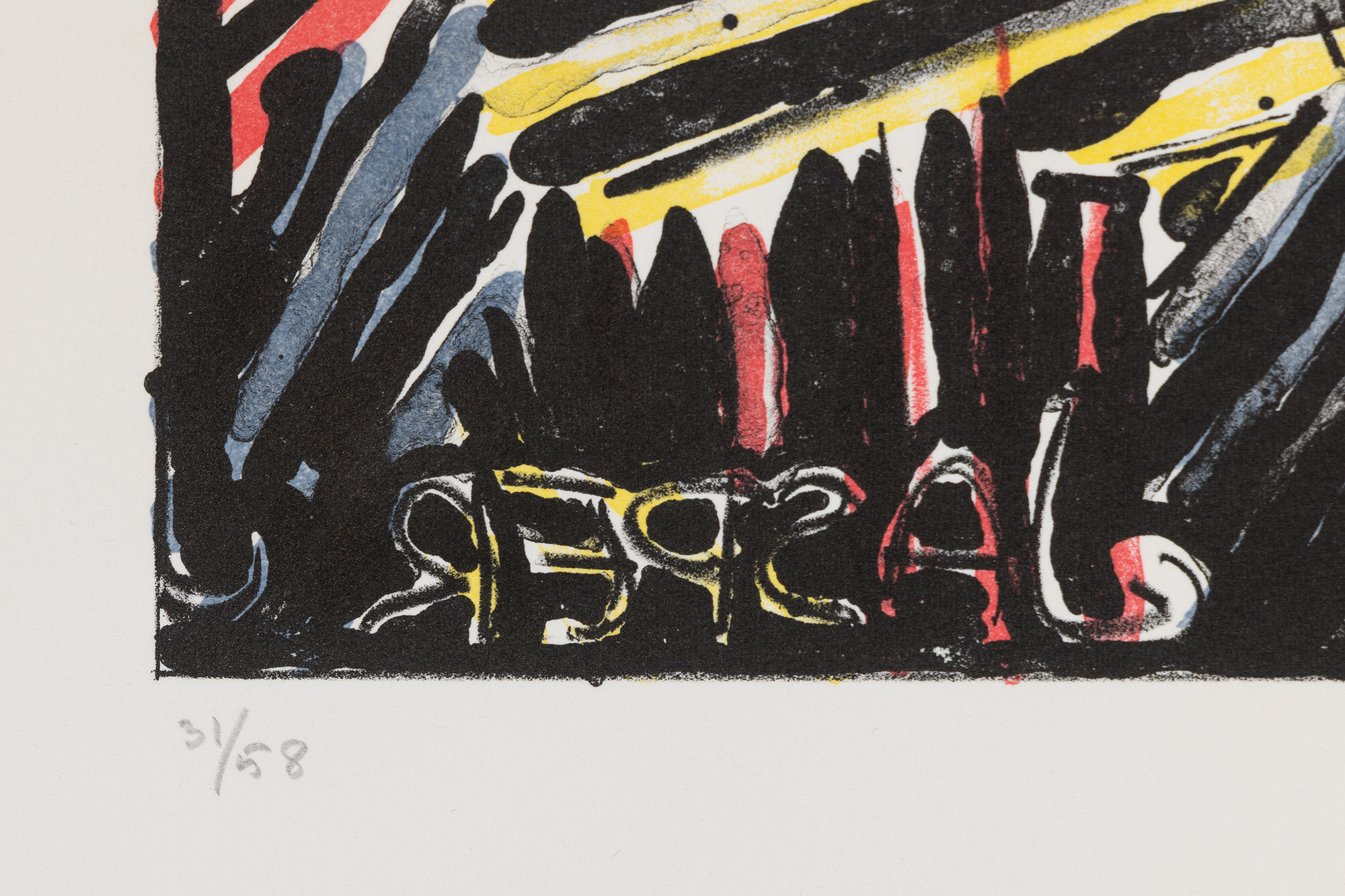

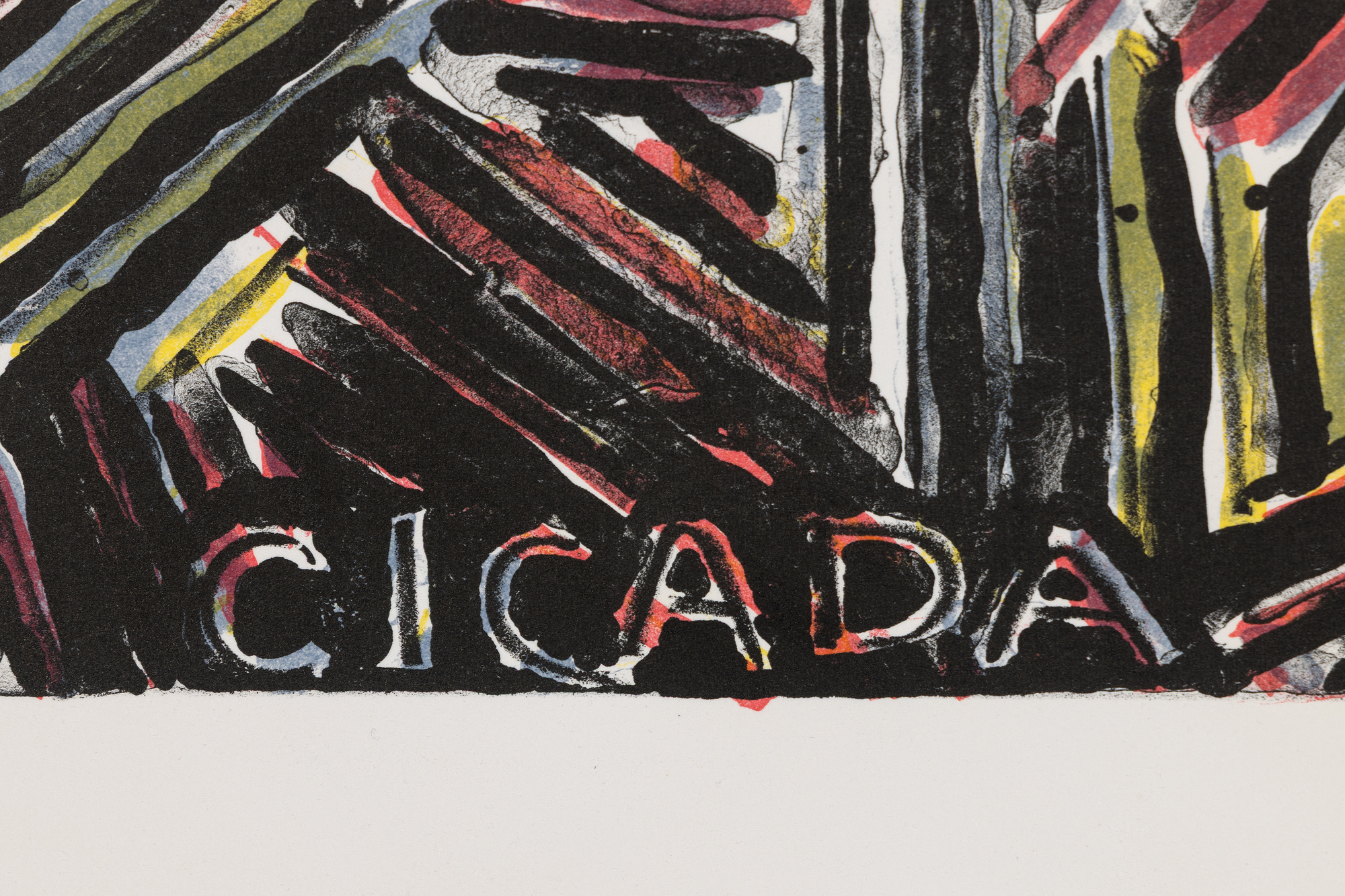


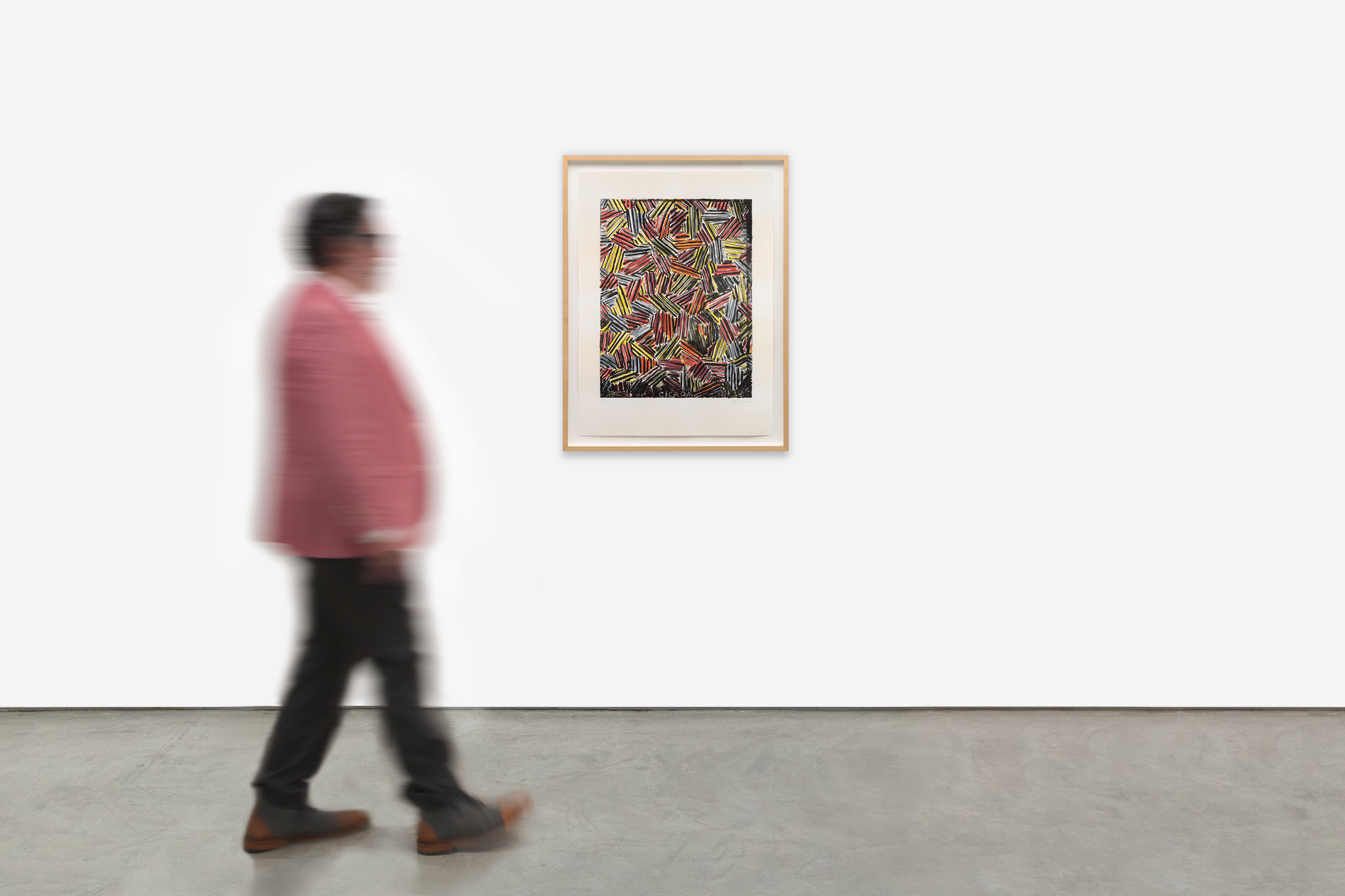
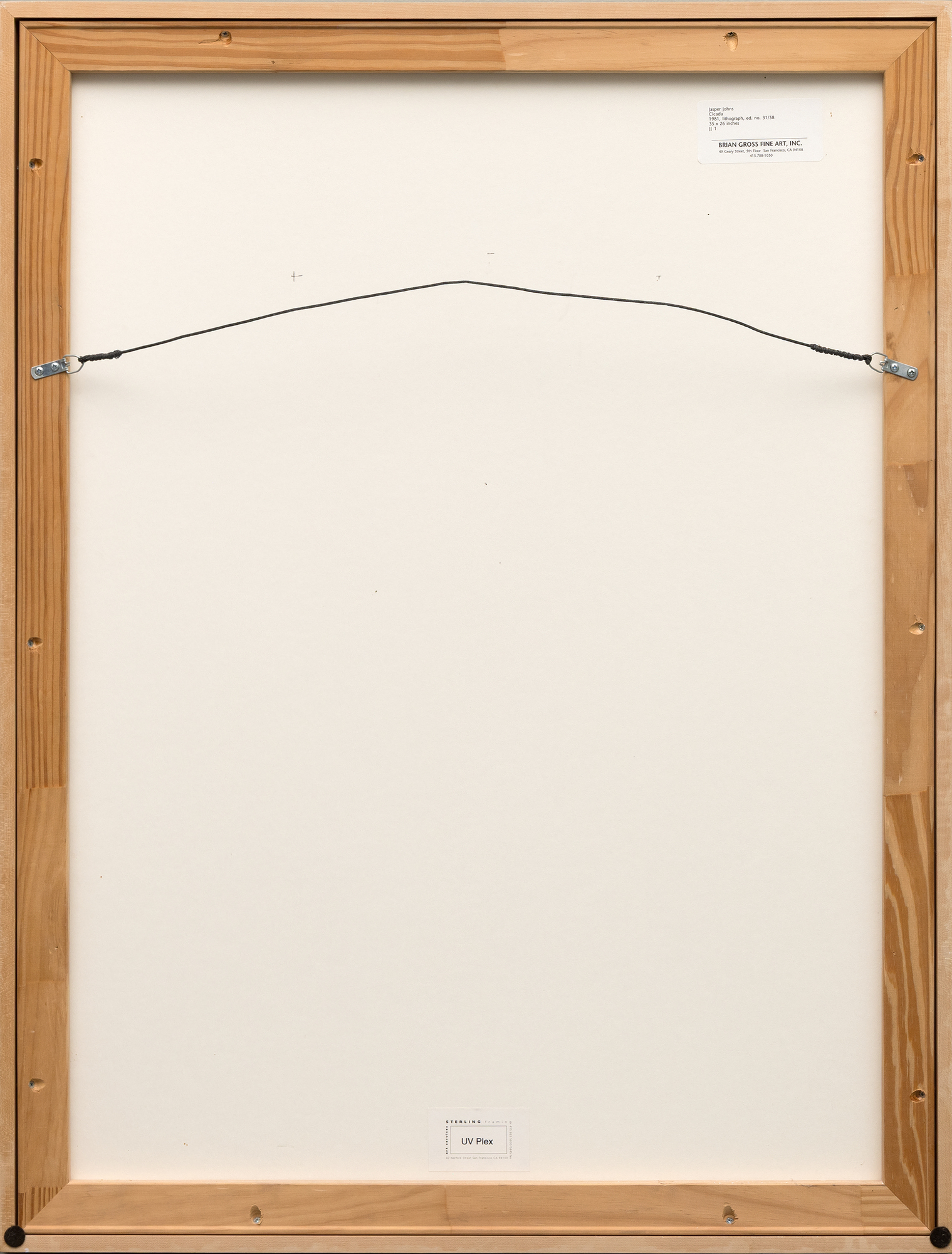
מקור ומקור
בריאן גרוס אמנות יפהאוסף פרטי
60,000
העבודה, שנוצרה בתקופת ה"הצלבה" שלו (1972–1983), מדגימה את המעבר שלו מדגלים ומטרות לעבר מערכות מופשטות של סימון. באמצעות צבע ומרקם מרובדים, ג'ונס בוחן את אפשרויות הליתוגרפיה כמדיום של חזרה וגיוון.
רשמים של הציקדה נמצאים באוספים של המוזיאון לאמנות מודרנית ומוזיאון ויטני לאמנות אמריקאית, דבר המדגיש את חשיבותה במסגרת עבודת ההדפס של ג'ונס.


